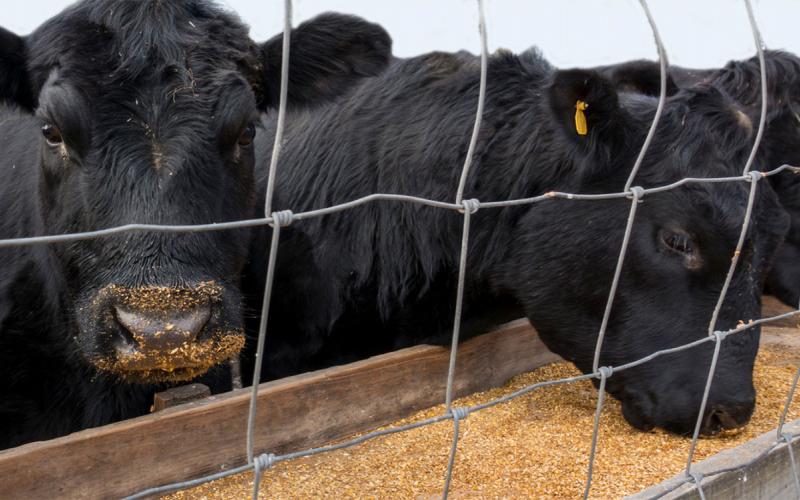Originally written by Adele Harty, former SDSU Extension Cow/Calf Field Specialist.
A trend that has become more prominent in recent years is for ranchers to finish a few animals and sell beef direct to the consumer. Consumers have a desire to know where their beef comes from, value the story and are seeking ranchers to purchase beef from. At the same time, ranchers have been seeking opportunities to add value to their cattle and reduce their exposure to market swings.
However, feeding and managing a grain-finished animal is different than managing a cowherd or backgrounding calves. Properly feeding and management is key to capturing extra value and in meeting customer expectations. This is part three of a four-part series for ranchers who have a small group of cattle with limited equipment who are planning to finish a few head of cattle each year. This article will address determining the endpoint for a grain-finished beef animal.
Many producers have been having their own beef processed for their family’s needs for years, and some may have been selling animals to their neighbors on occasion. It can be another matter entirely when the objective is satisfying paying customers with certain expectations, especially if finishing cattle has not been a normal part of their operation.
Understanding Customer Expectations

Understanding customer expectations will drive the majority of the decisions regarding the management of cattle for a freezer beef market. Some consumers prefer and desire grass-fed or a very lean product; however, if the customer is used to purchasing beef typical of that found in retail stores, the animal will need to have fat cover approximately equivalent to an average market animal.
Figure 1-A shows an animal with approximately that amount of fat cover, or “finish”. Notice that her brisket shows evidence of fat deposition and she appears to be smooth when looking down her topline. She would have approximately 0.5” fat thickness.
Figure 1-B shows a steer that needs more time on feed. He weighed 1200 pounds, but as you can see, he carries much less fat in his brisket and shows less indicators of fat over his ribs and loin. He would have 0.25” fat or less. This steer is scheduled to be shipped 60-80 days after this picture was taken.


